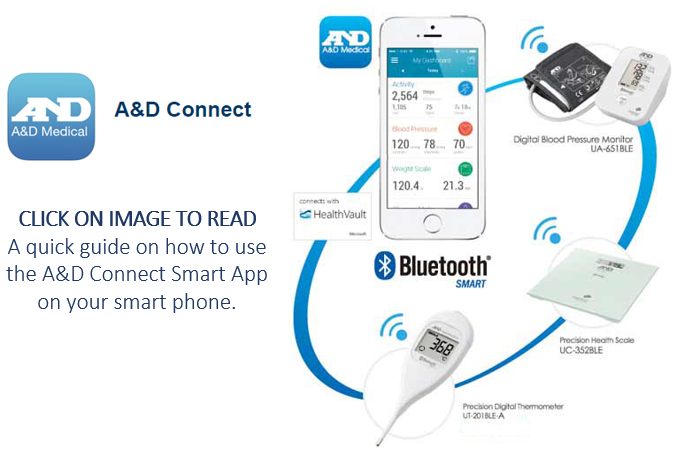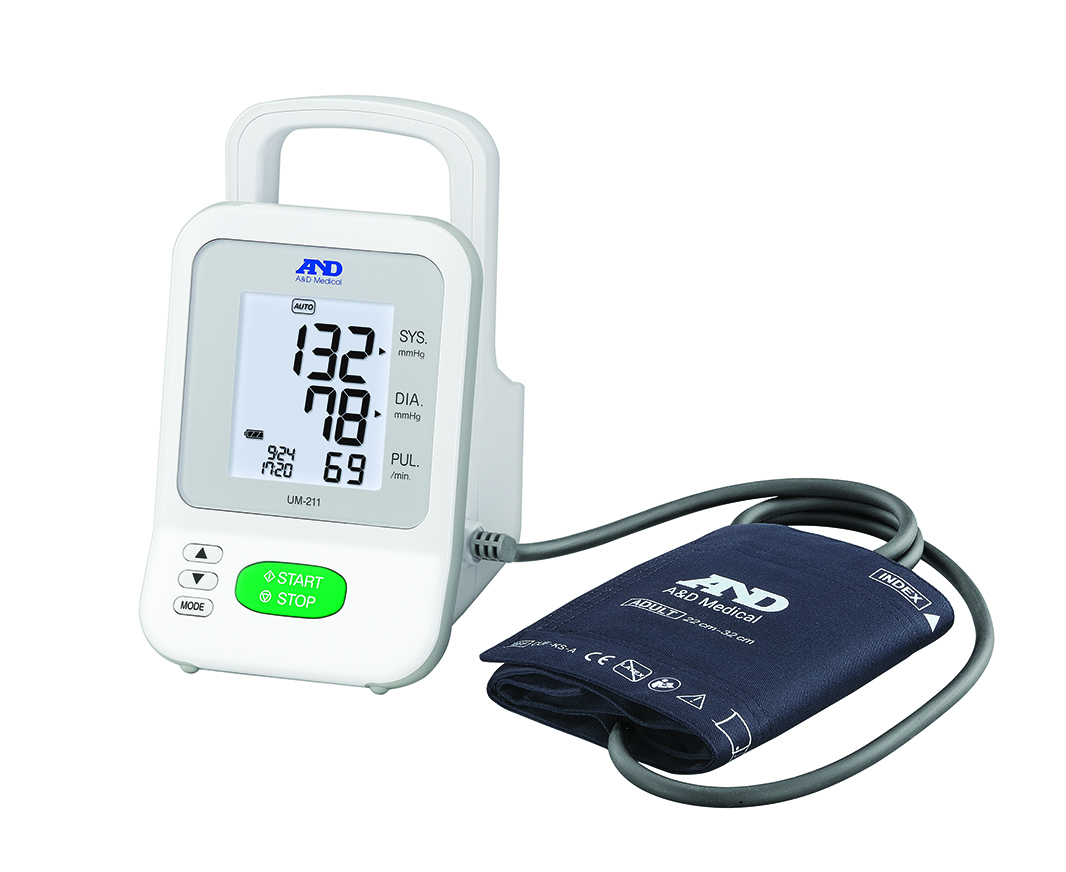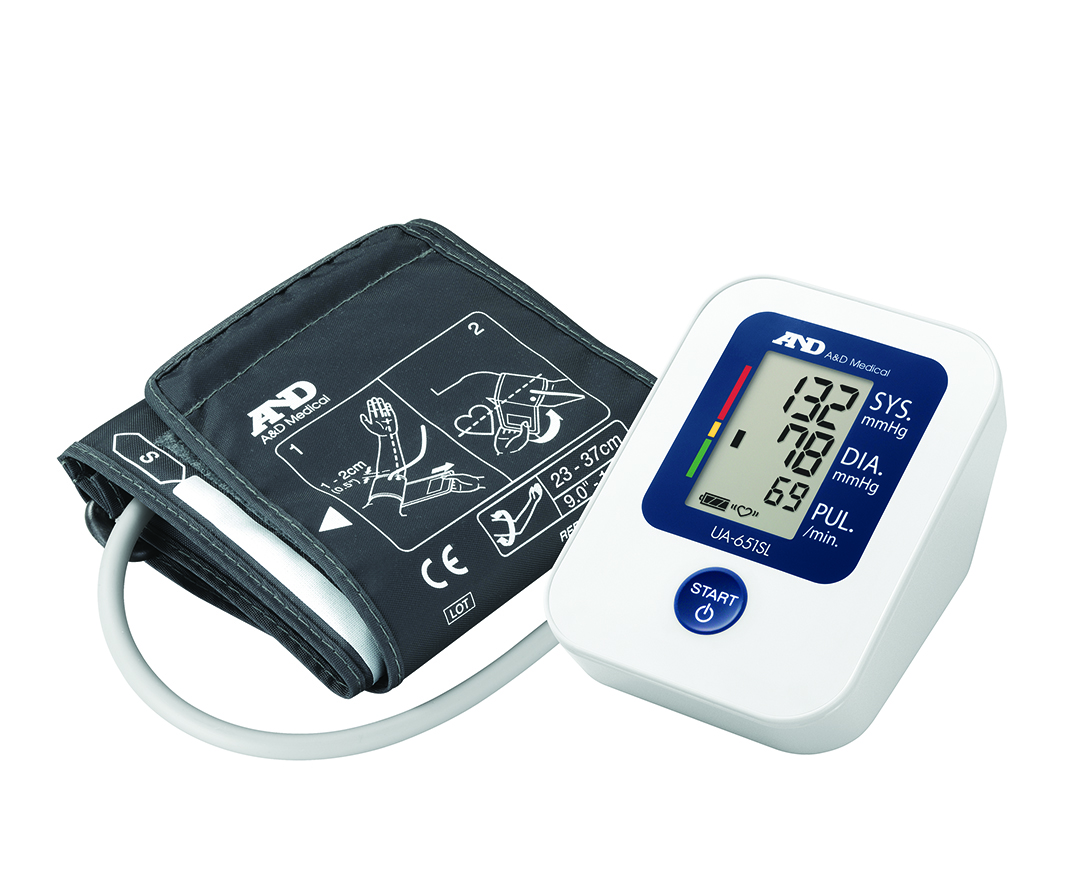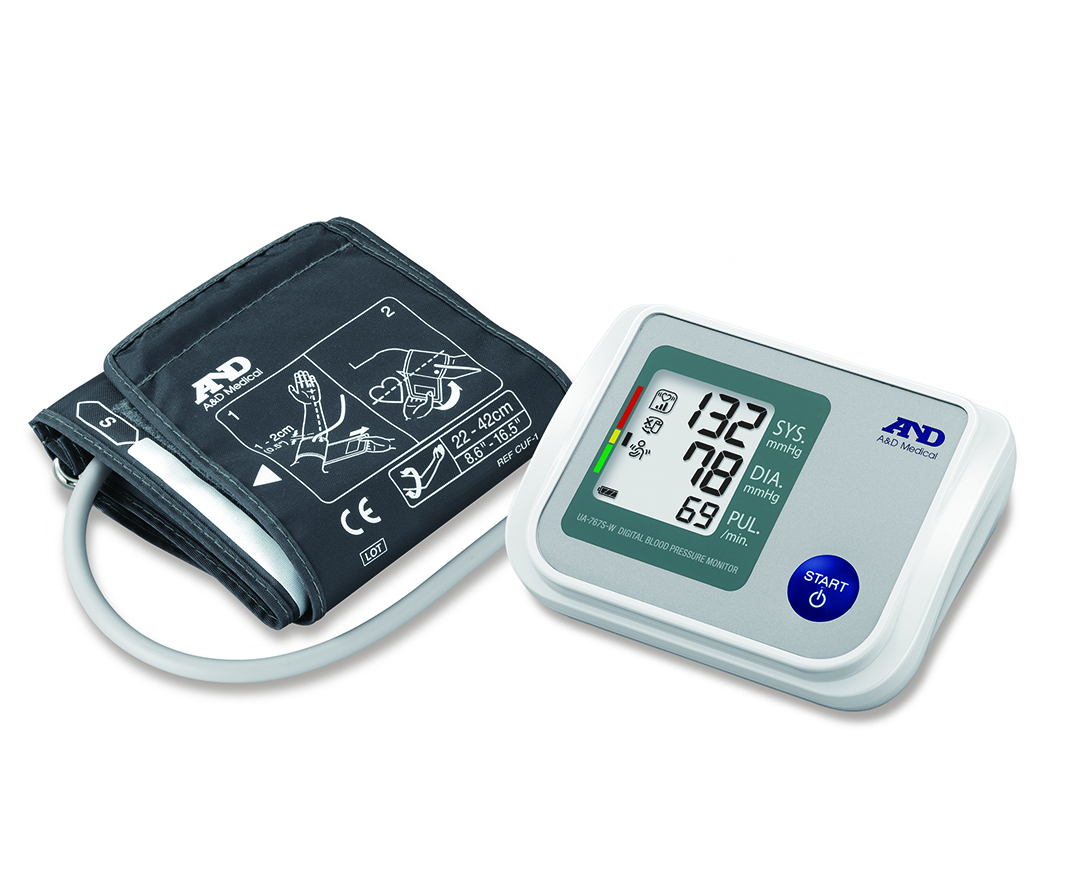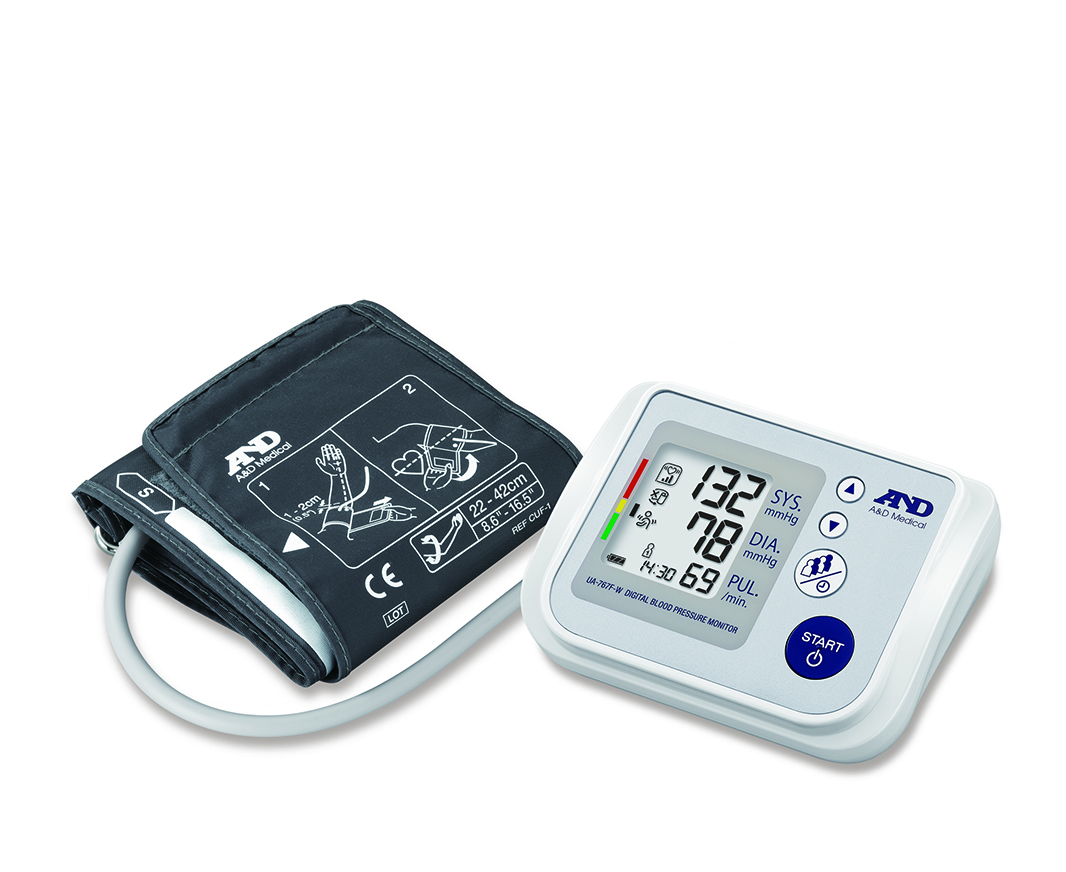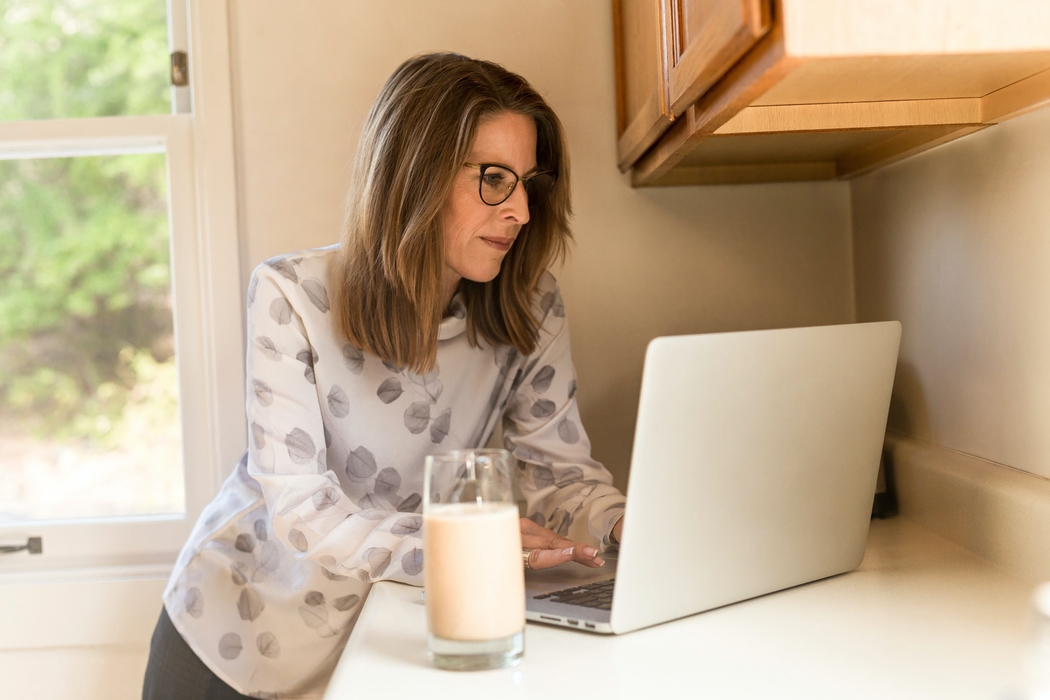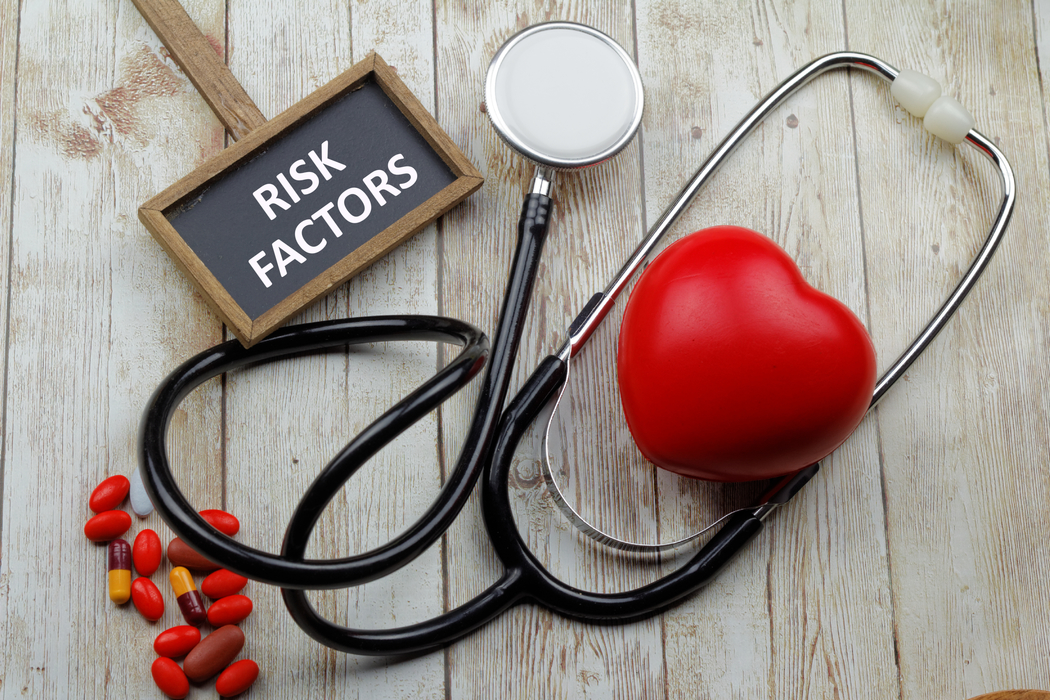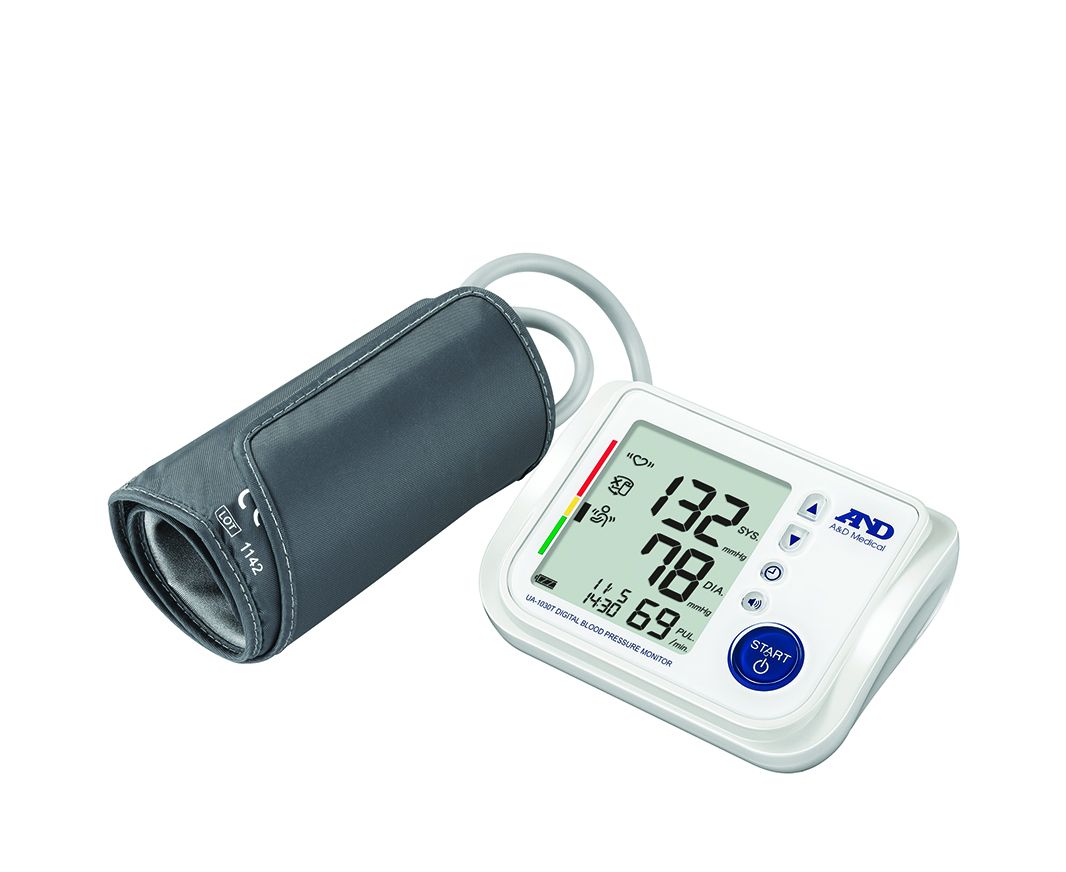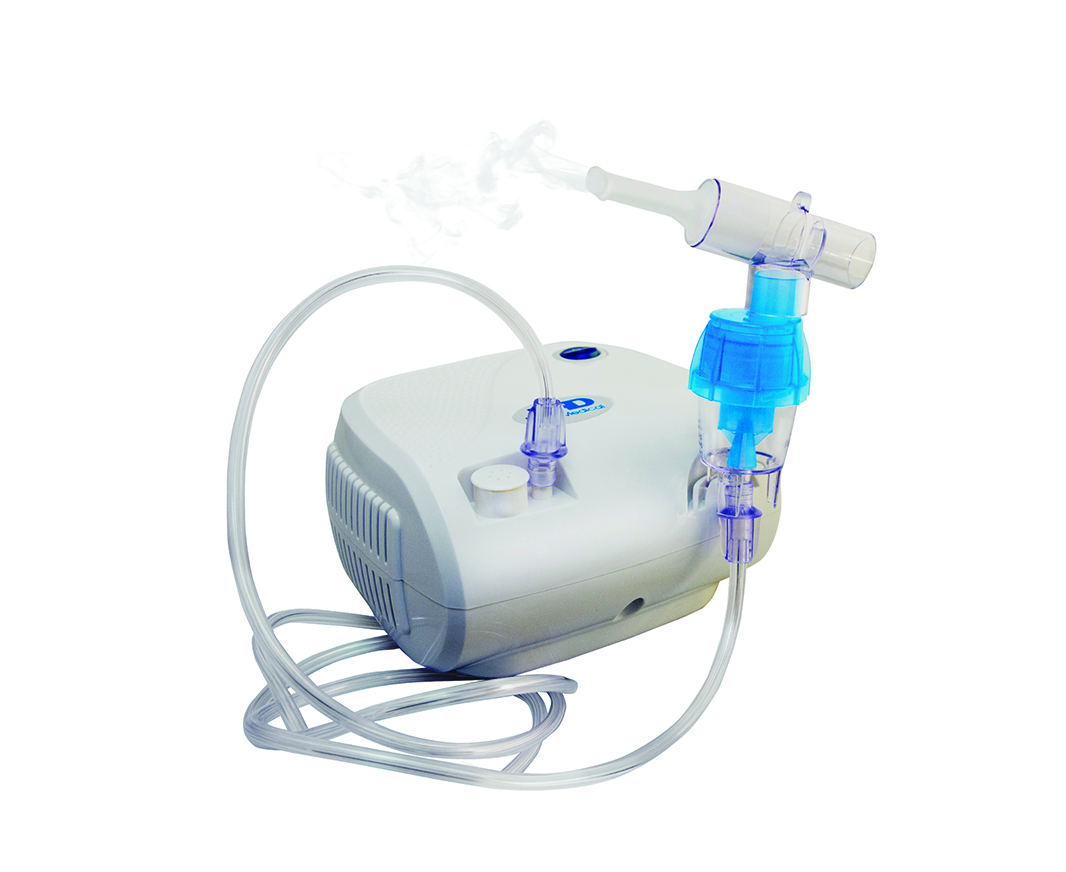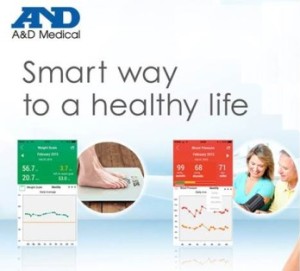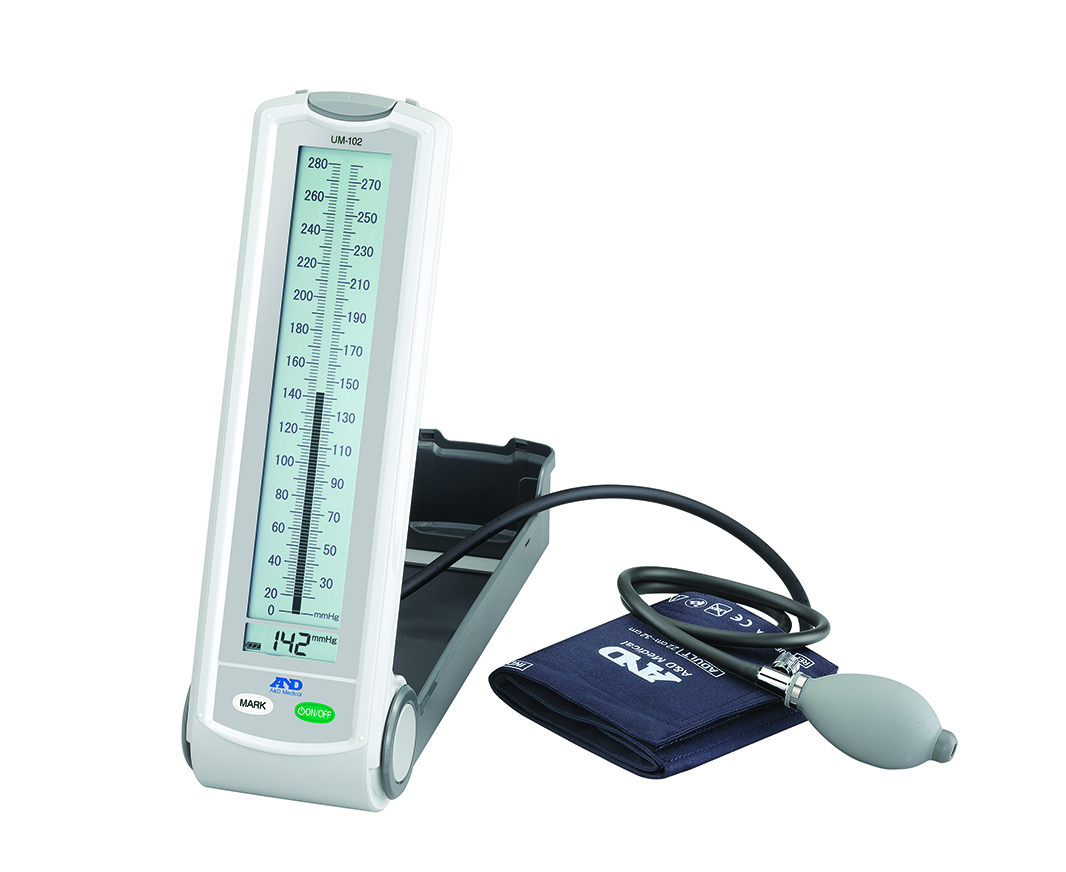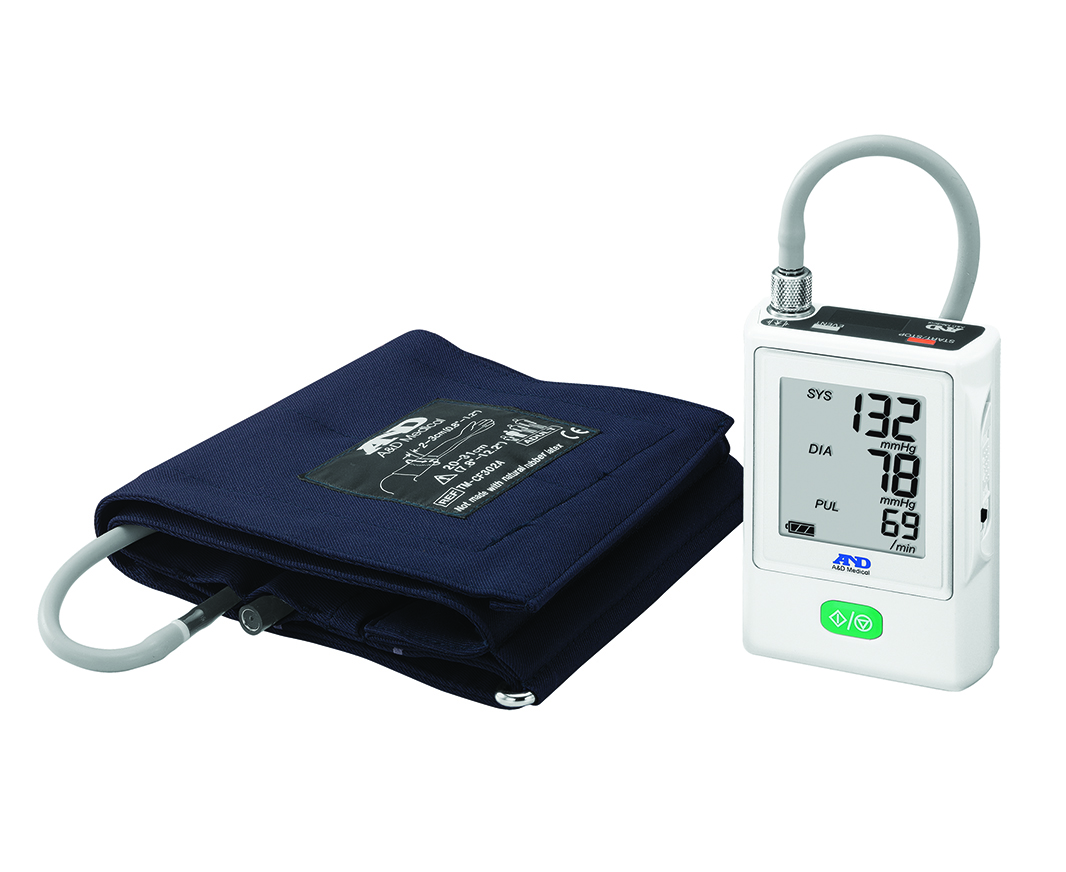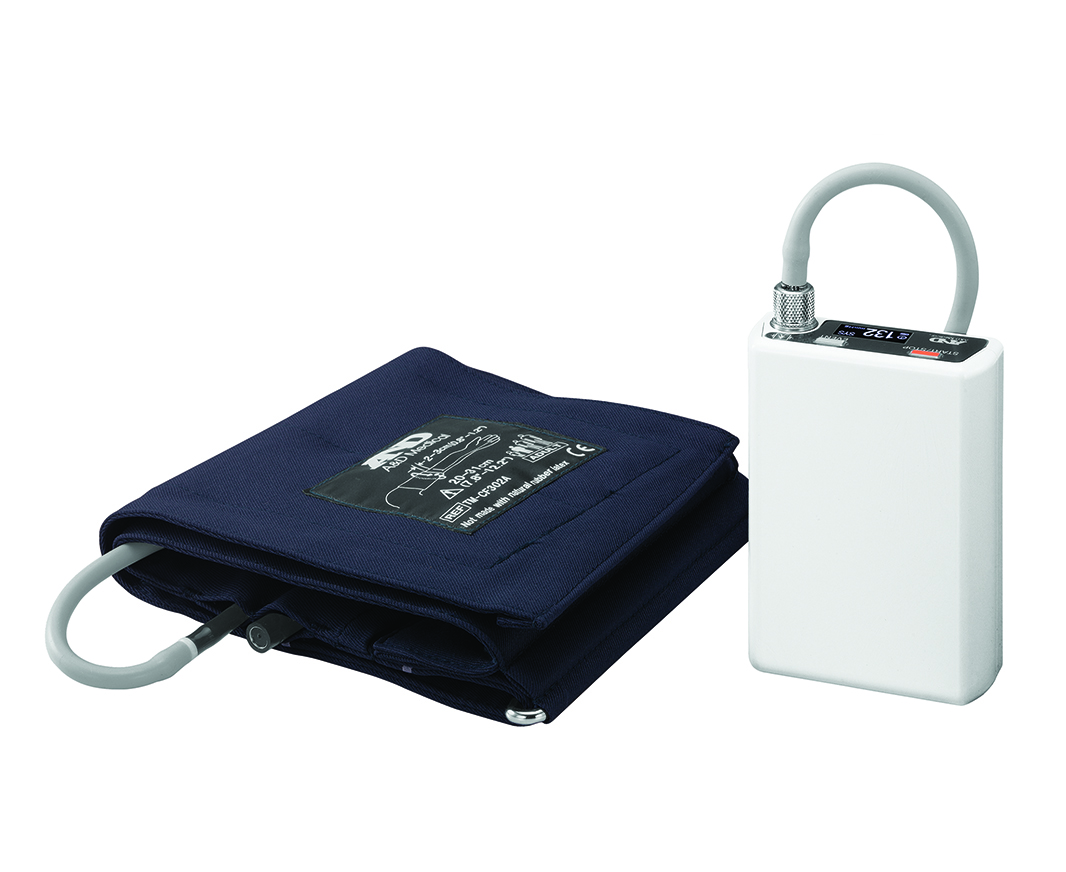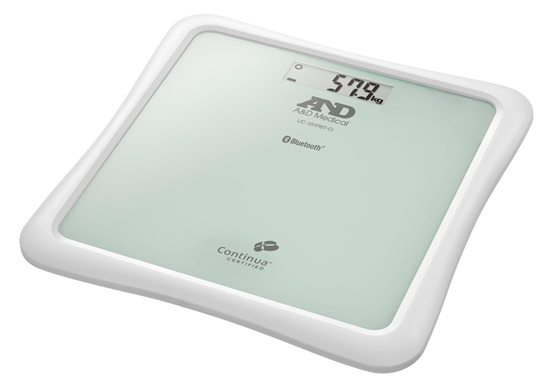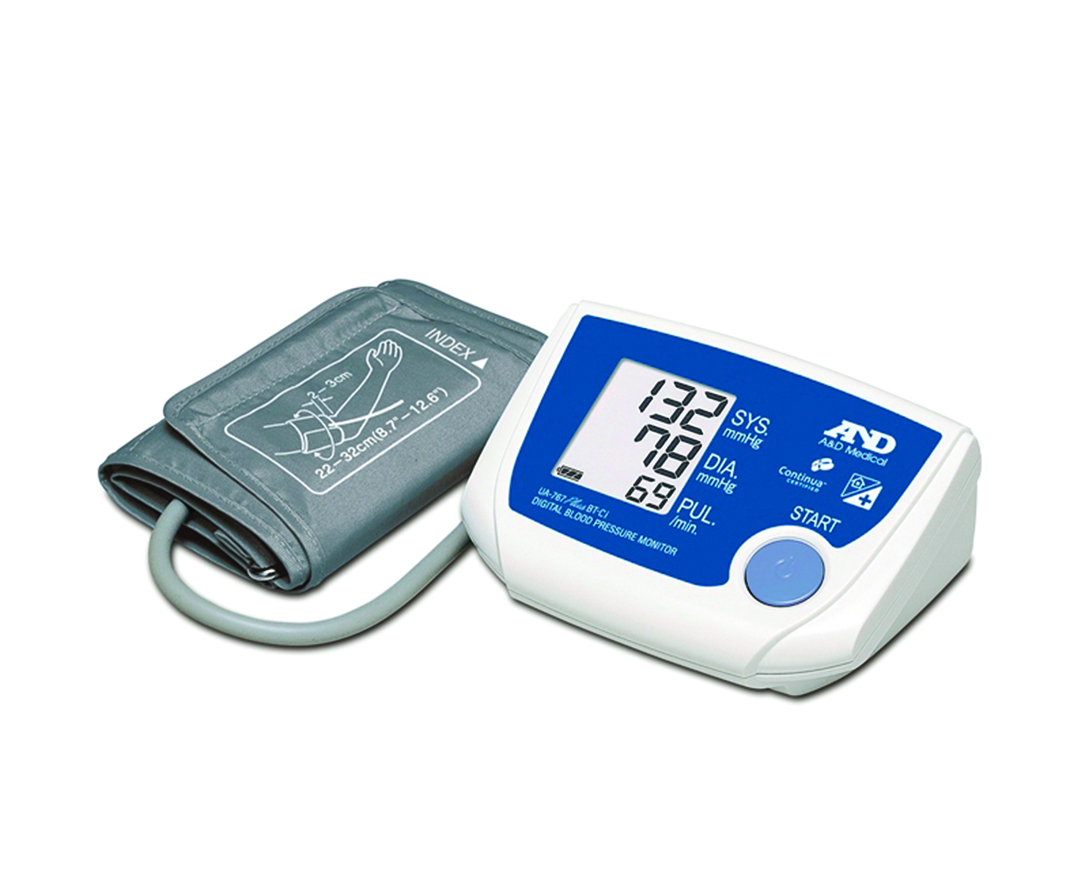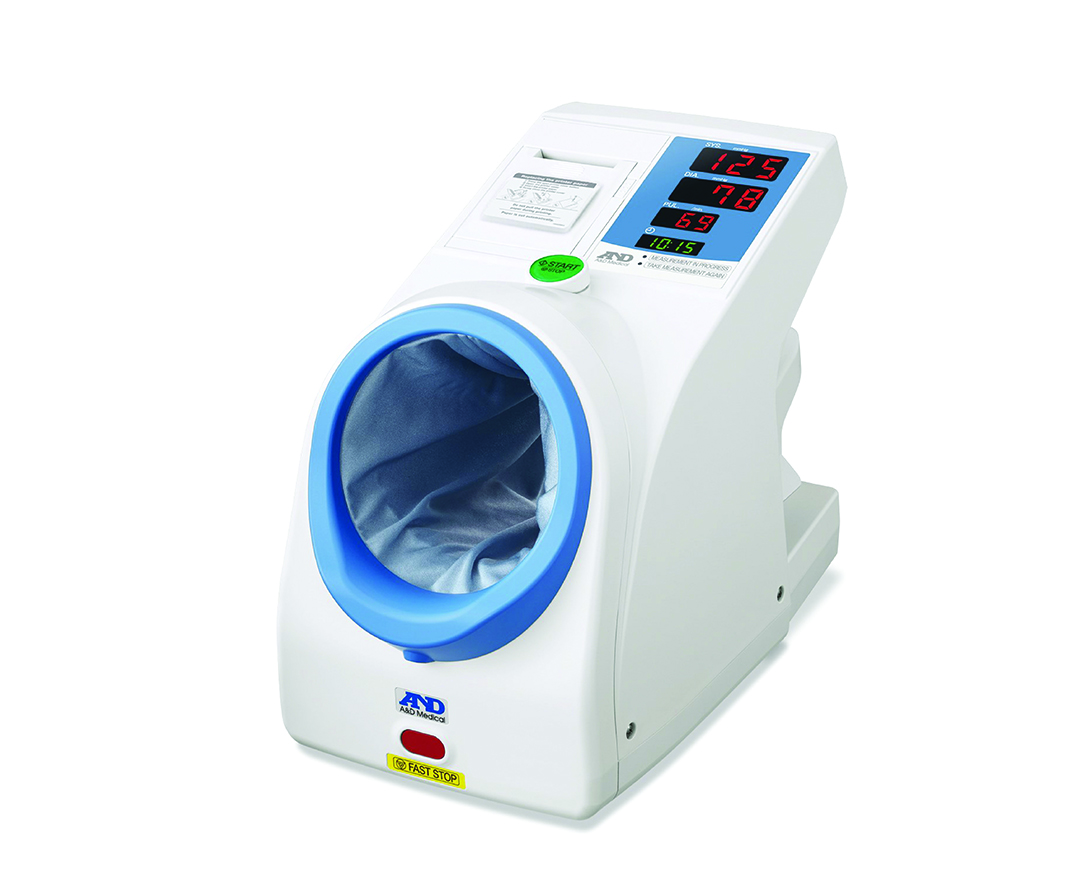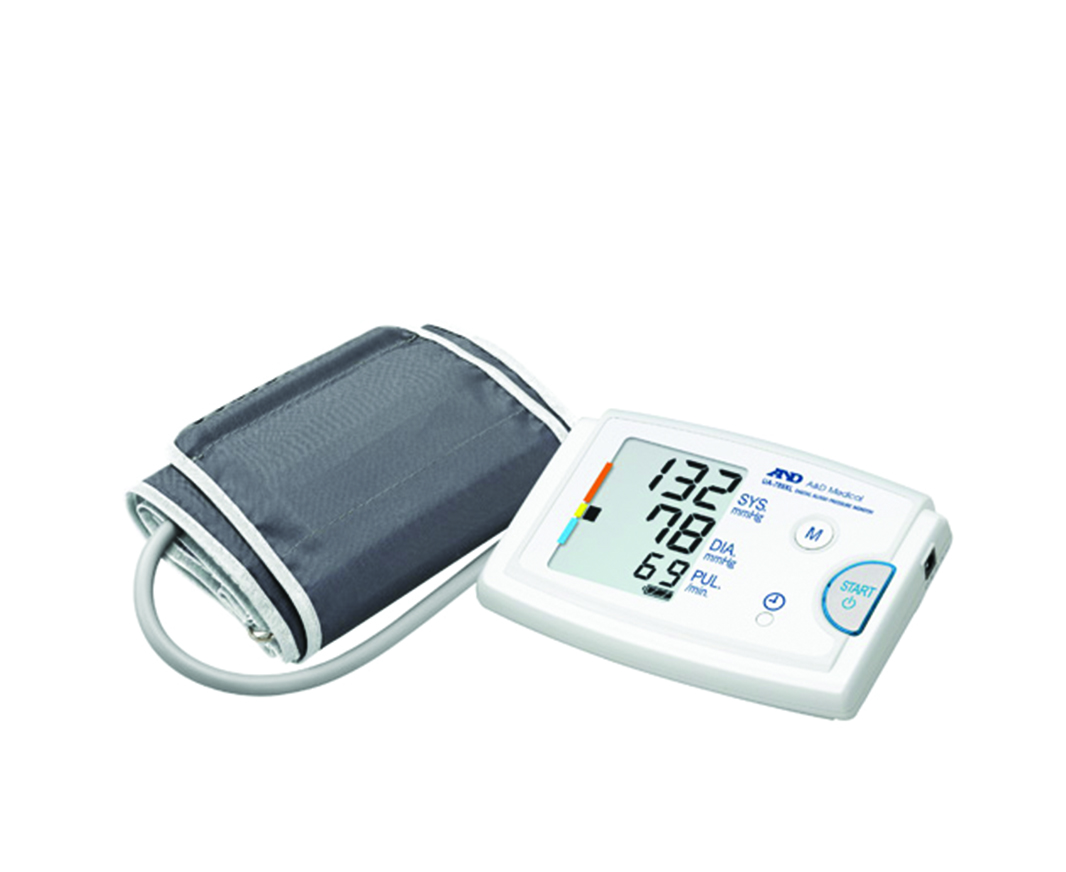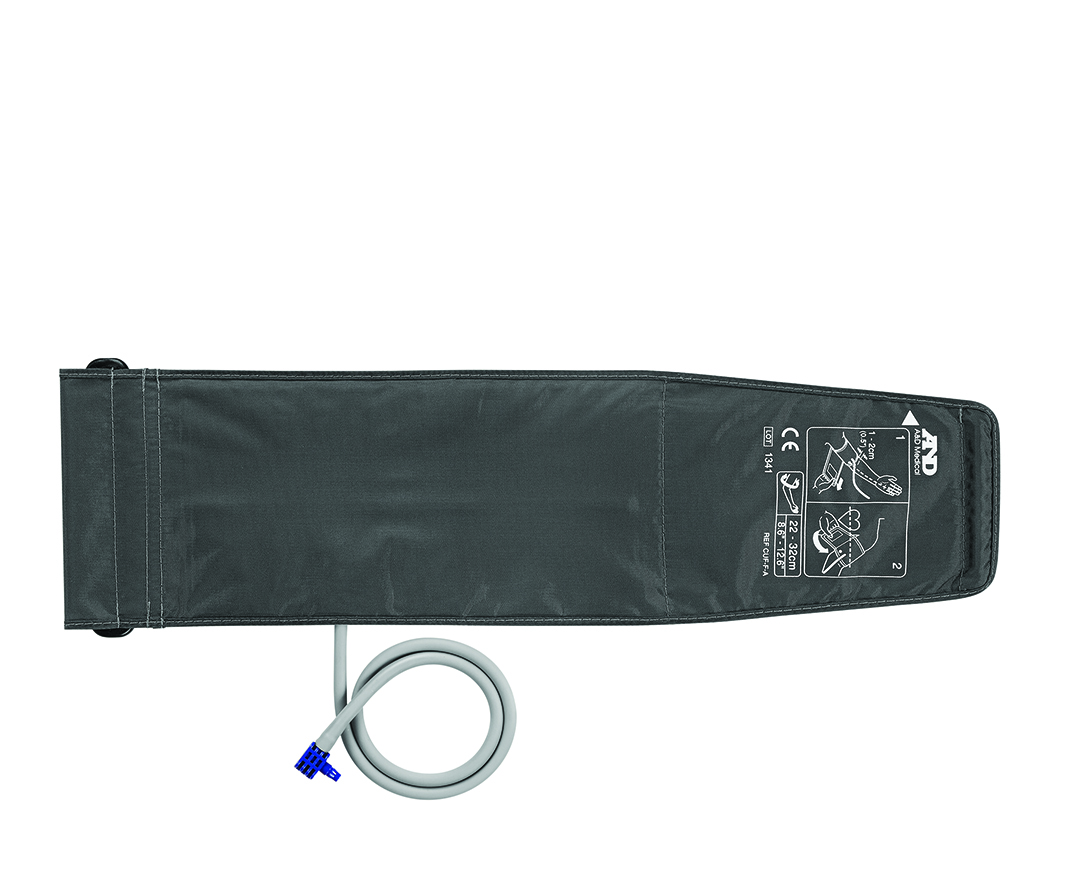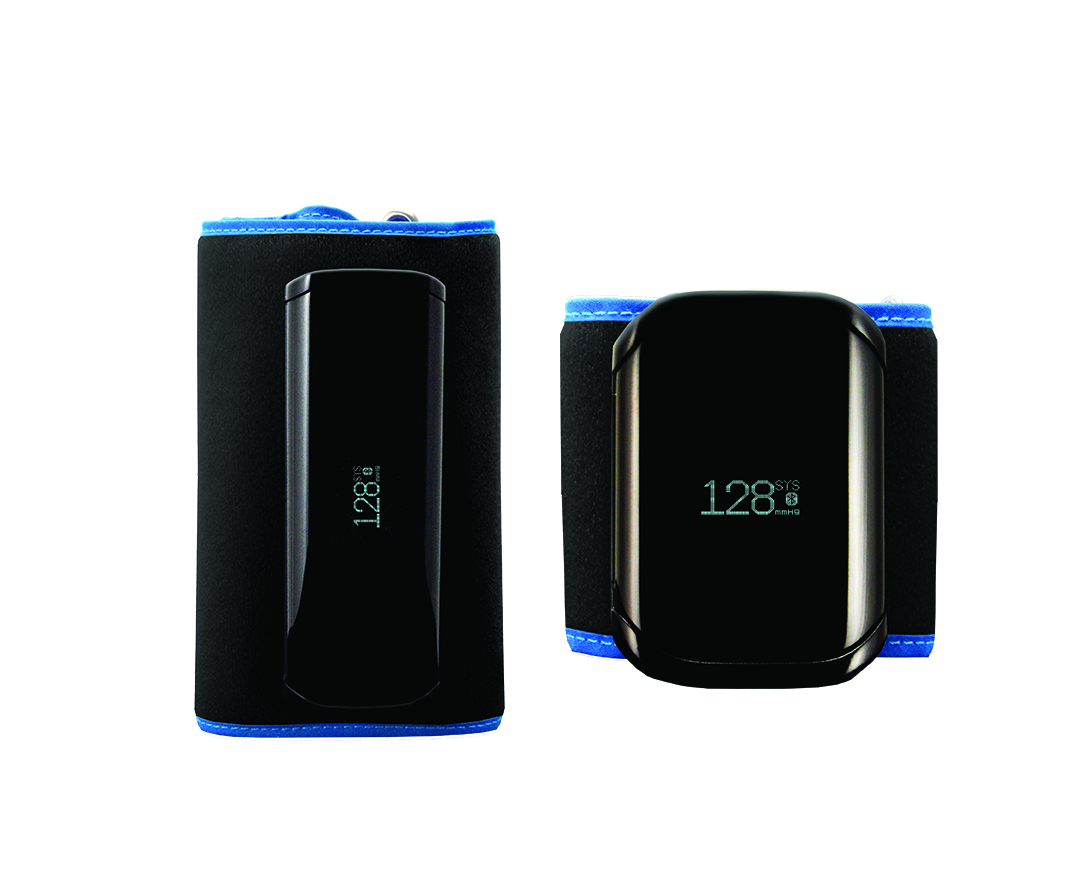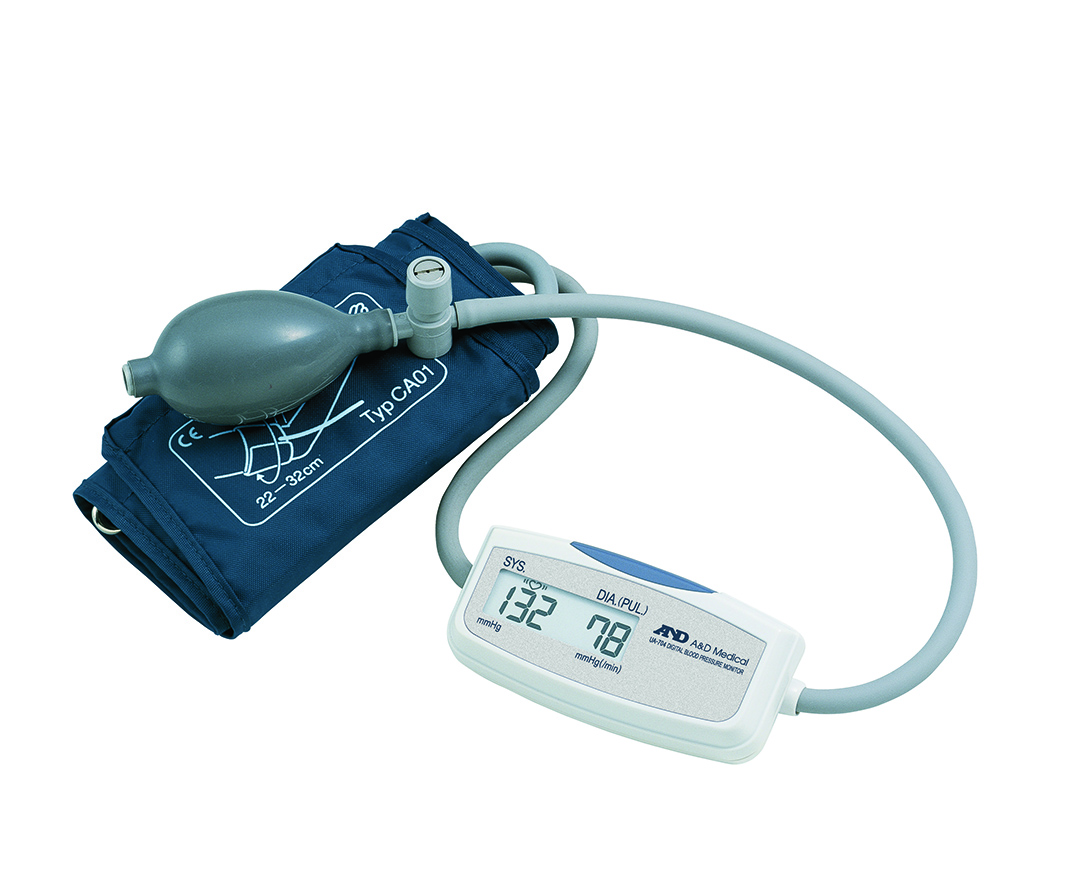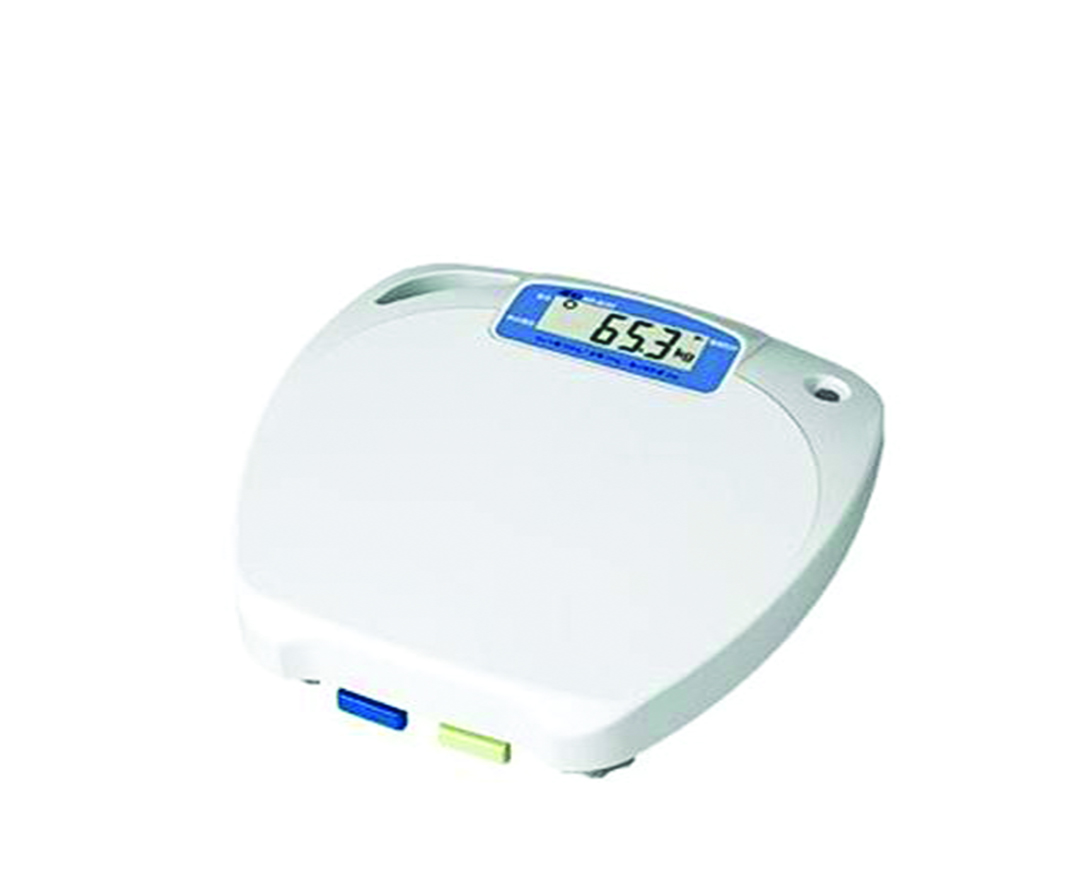Month: June 2020
UA-651SL Value Blood Pressure Monitor
UA-767S-W Digital Blood Pressure Monitor
UA-767F Dual User Blood Pressure Monitor
Getting Started with Virtual Healthcare
As the COVID-19 coronavirus pandemic continues to alter our world, doctors and clinics are being forced to adopt virtual healthcare more rapidly than in the past. In fact, your provider may have recently asked you to switch to virtual visits, also known as telemedicine or telehealth. In some cases, they are now the only option for those who require non-emergency care.
While virtual healthcare is not new, its use has understandably spiked in recent weeks. With social or physical distancing becoming the new normal, virtual care is something we will all need to become more familiar with.
If you’re trying out virtual visits with your provider, here’s a few facts and tips to help you get started.

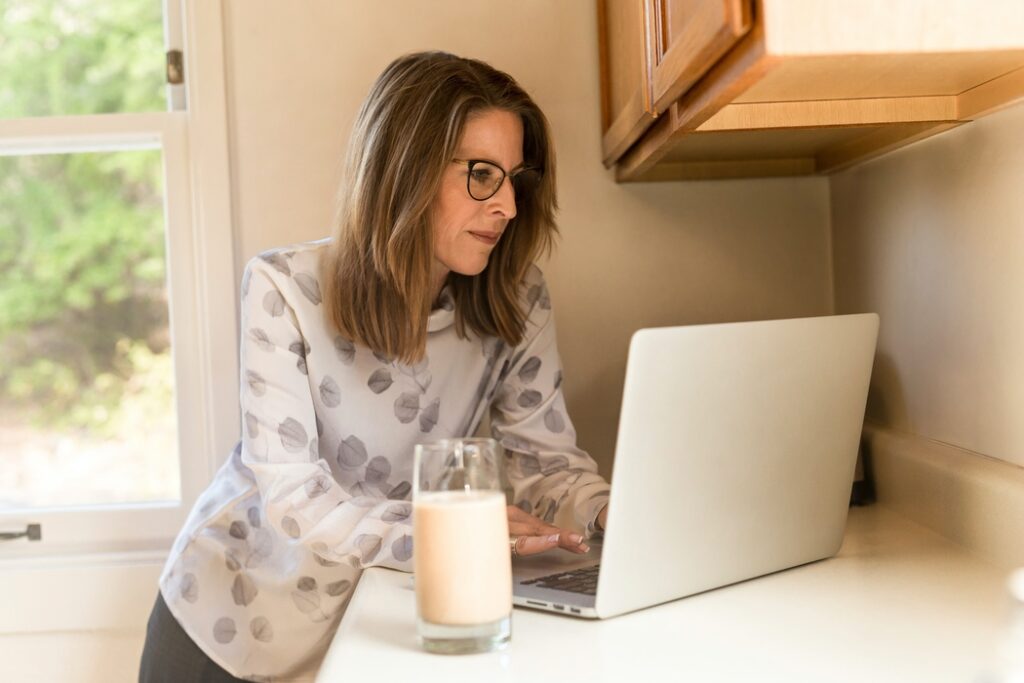
Healthcare at a distance
Telemedicine is the practice of using technology to deliver medical care at a distance. During a virtual healthcare visit, a healthcare provider in one location uses a HIPAA compliant video conferencing system to deliver care to you at a different site.
Think of it as a new take on the old school house call. Except in this case, it saves both you and your doctor a trip and lessens the risk of being exposed to COVID-19 or another illness.
Learn more about why we like virtual healthcare so much.
What you’ll need
Specifics may differ depending on your own medical history, but here are a few essential items to acquire so you can get the most out of your virtual doctor’s appointment:
- Scale
- Thermometer
- Blood pressure monitor
- Pulse Oximeter
- A computer, smart phone or tablet with a screen, camera and microphone

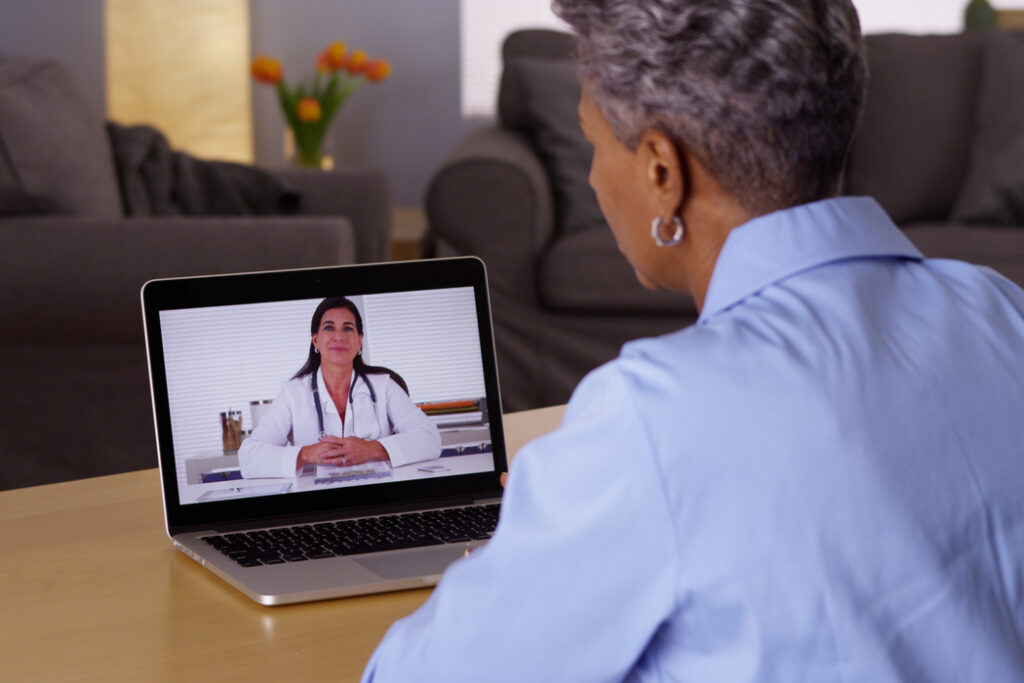
Help your doctor help you
Beyond having the right tools, you should also have information about your health on hand. Basically, the more information you can give your doctor, the more information they can give you.
That means tracking your vitals like temperature, weight, and blood pressure. For those with hypertension, a daily log of your blood pressure can help your doctor determine how well your blood pressure is being maintained.
For the record, these are good things to have for an in-office visit as well. However, when your visit is remote, they become essential.
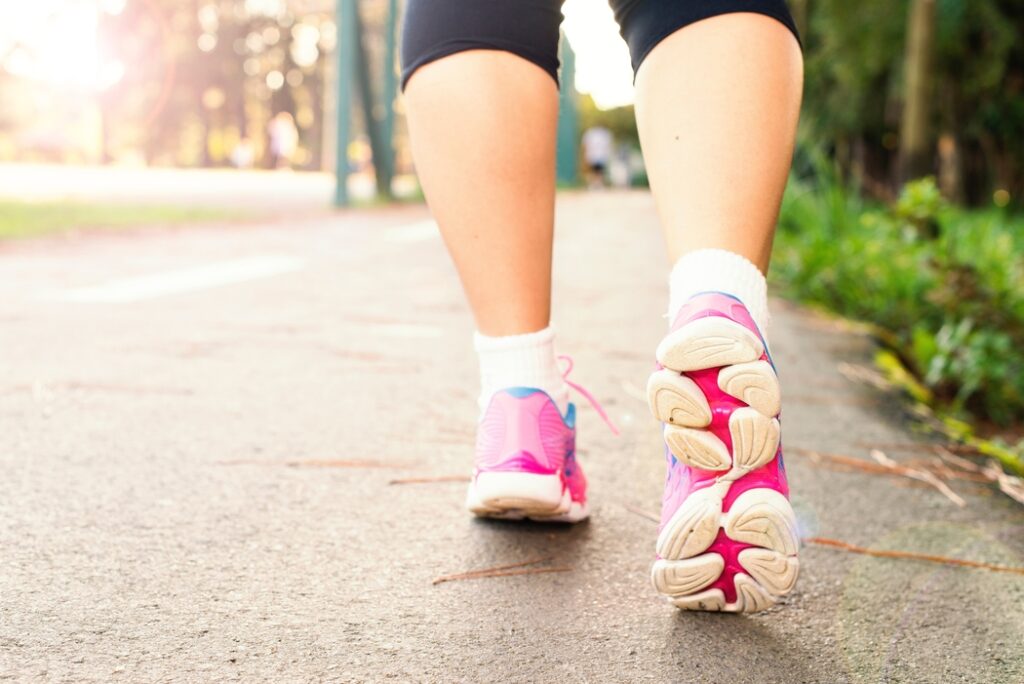
Maintaining health
These days, staying healthy, both physically and mentally, is critical. Here are some steps you can take to focus on your heart health while you are sheltering in place:
- Because hypertension is so closely related to COVID-19, taking and recording your blood pressure daily is vital. Here’s a handy 4 week logbook you can use, or download an app, like A&D Connect, to keep track electronically.
- Maintain a healthy diet, and resist the urge to snack on high sodium snacks.
- Make sure to exercise – there are many exercise resources available online and workouts you can do from home without special equipment, like yoga, or even taking a walk around the neighborhood.
- Reduce stress – don’t forget to unplug from media and take time to unwind.
With the evolving response to COVID-19, there’s a lot of constantly changing information. During this time of uncertainty, it’s more important than ever to focus on your health. If you have any questions or concerns regarding your heart health and COVID-19, reach out to your doctor.
Hypertension and the Coronavirus
With the outbreak of the coronavirus, COVID-19, these are unsettling times. It’s tempting to see current circumstances as an overreaction, but growing medical evidence suggests that would be a detrimental mistake.
That does not mean panic is the only option, but it does mean that, like it or not, it’s time to educate yourself.
There’s a lot we don’t know at this point, but one thing we do know is that heart health plays a part in the risk of contracting the virus and fighting it.
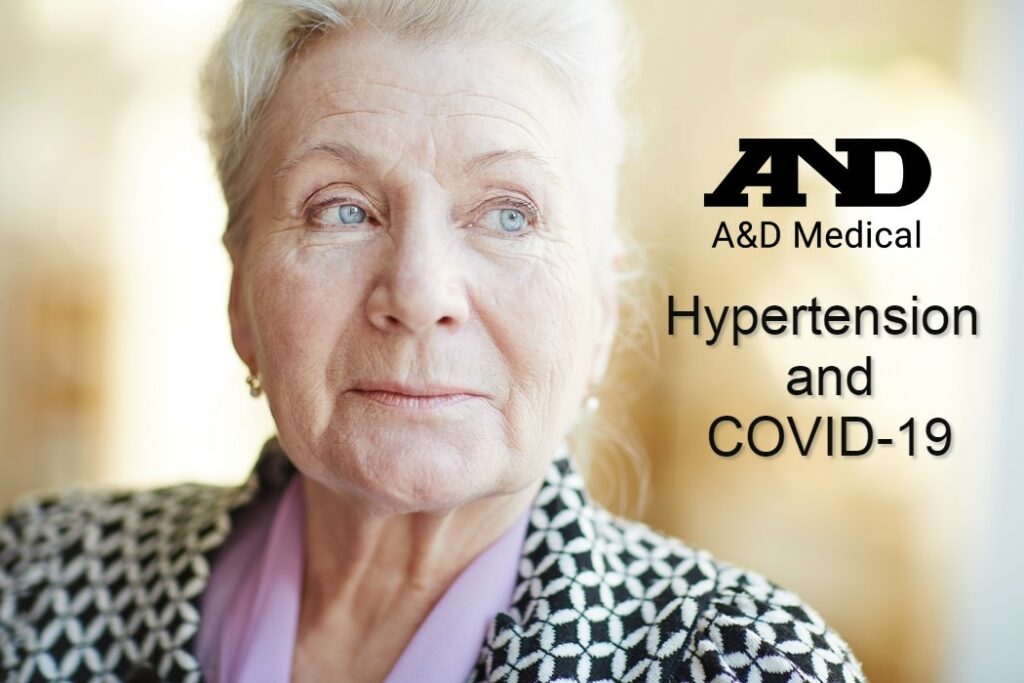

Risk factors
Any sort of health condition, from asthma to diabetes, puts you more at risk for contracting COVID-19 and developing serious symptoms. Hypertension is no exception. That’s a concerning and sobering fact considering that, according to the American Heart Association, nearly half of US adults have high blood pressure.
Those with heart-related conditions may be amongst the most vulnerable. The American Heart Association has reported that 40 percent of hospitalized COVID-19 patients have cardiovascular disease or cerebrovascular disease. And studies of COVID-19 cases in China suggest a higher mortality rate for adults with high blood pressure.
Symptoms
High blood pressure is not a documented symptom of COVID-19, but it can exacerbate the symptoms of the virus. According to the World Health Organization, symptoms include a fever, dry cough, and tiredness.
It’s important to note that in some cases, symptoms may not appear for up to 14 days after exposure. Which is why such extreme steps have been taken to avoid transmitting the virus.
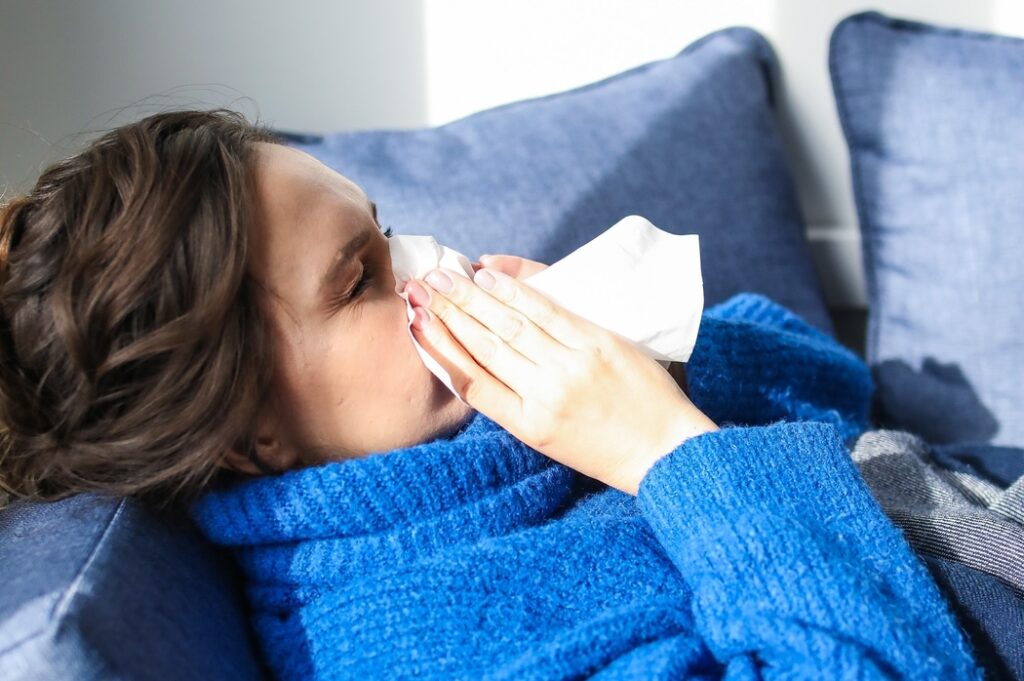
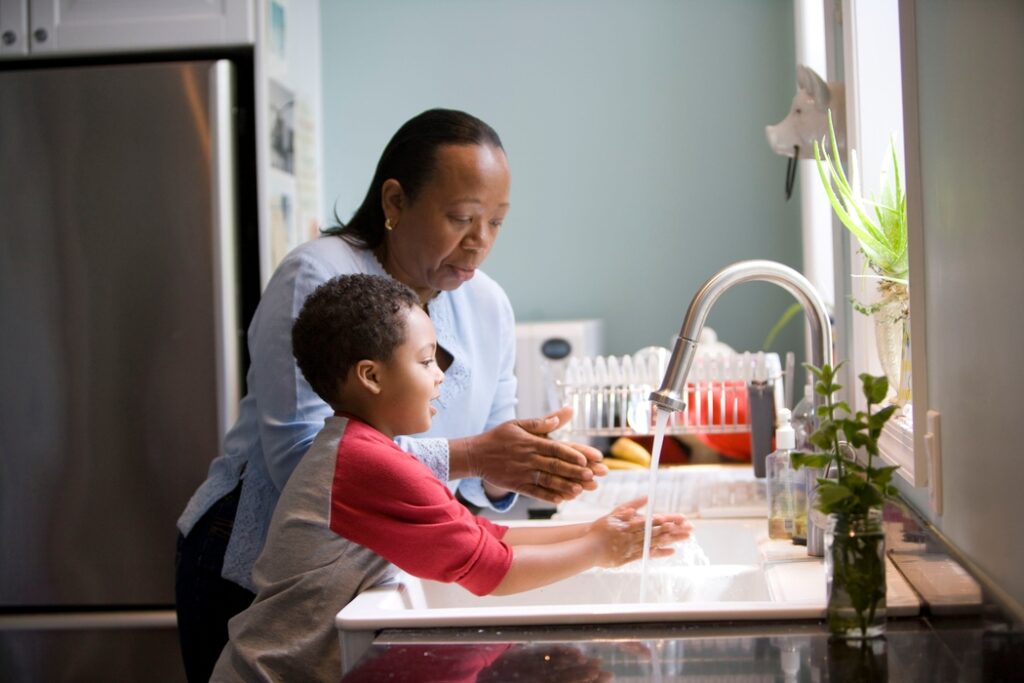
Flattening the curve
Now some good news, there are simple steps you can take to avoid contracting or spreading the virus. If you’re tired of hearing about #FlattenTheCurve, too bad. Until we manage to do just that, it’s going to be all over the place. So, here’s what you can do to help limit the spread of COVID-19 and to lessen the stress on our hospitals:
- Wash your hands.
- Avoid touching your face.
- Practice social distancing (at least 6 feet from other people in public spaces).
- If you can, stay home.
Maintaining heart health
Because hypertension is so closely related to COVID-19, there are some steps you can take to focus on your heart health while you are sheltering in place.
- Monitor your blood pressure daily. Here’s a handy 4 week logbook you can use, or download an app, like A&D Connect, to keep track electronically.
- Maintain a healthy diet, and resist the urge to snack on high sodium snacks.
- Make sure to exercise – there are many exercise resources available online and workouts you can do from home without special equipment, like yoga, or even taking a walk around the neighborhood.
- Reduce stress – don’t forget to unplug from media and take time to unwind.
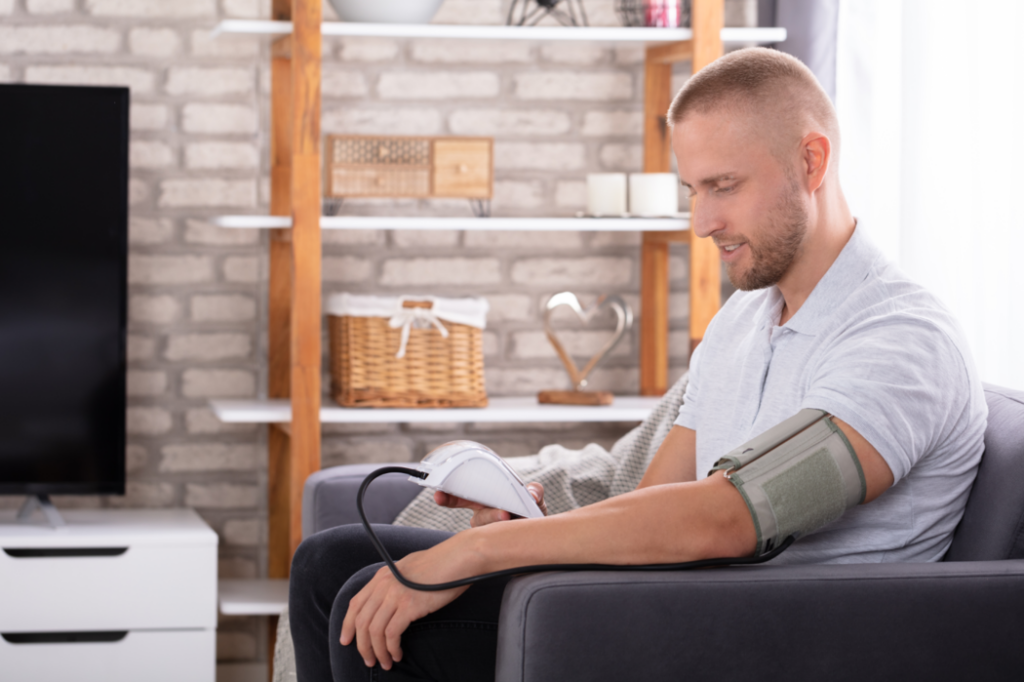
We’re living through an unprecedented moment in modern history. Just a few short weeks ago, few of us could imagine the world we knew changing this severely and quickly. Over the coming weeks, and possibly months, we’re all going to need to be patient and pay attention. If you have any questions or concerns regarding your heart health and COVID-19, reach out to your doctor.
Reasons for Differences in Your Blood Pressure
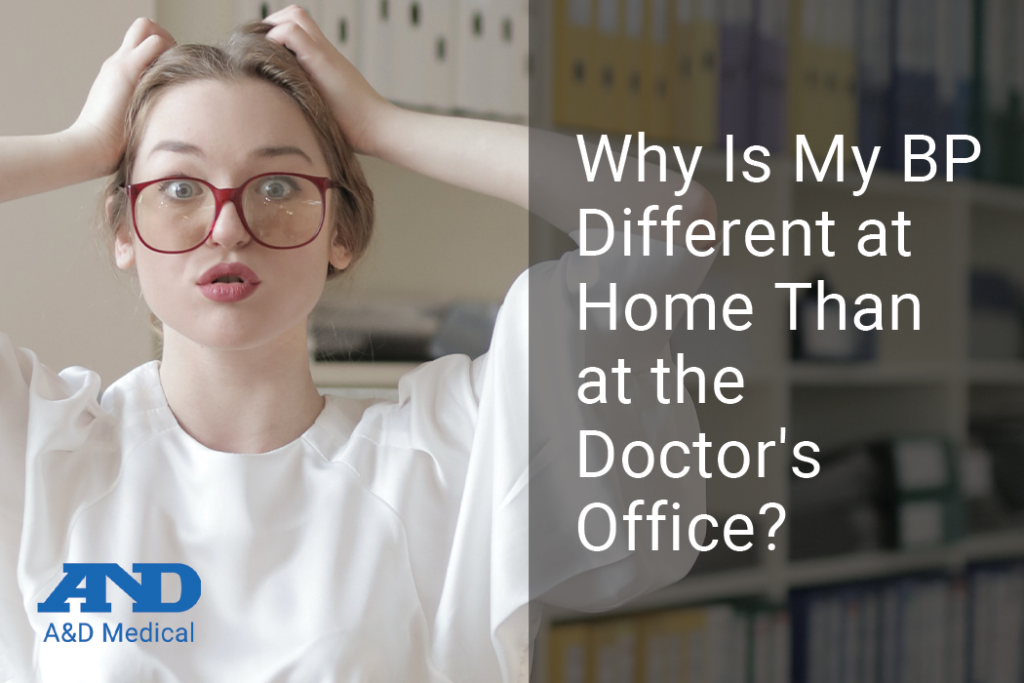
Common causes for differences between in-home and in-office measurements
More and more, healthcare providers are asking people to take their blood pressure (BP) at home regularly because it provides them with helpful information in managing their health. However, when people start taking their BP at home, some notice differences between their at-home measurements and their in-office measurements.
If you are someone who gets nervous at the mere thought of stepping into a doctor’s office, you may be able to imagine why your blood pressure readings might vary between the office and your home — you’re stressed when you go to the doctor!
The reasons for variances in BP readings can be a bit more complicated than a just fear of clinical settings, though. Time of day, level of activity, diet, and yes, even your location are all factors that can have a significant impact on your blood pressure.
To help ease your fears and concerns about these differences, here’s a breakdown of what may be affecting your readings and what you (and your doctor) can do about it.

White Coat Hypertension
As the name suggests, White Coat Hypertension (WCH), is when your blood pressure readings are abnormally elevated in a medical environment. It’s fairly common, affecting around 20 percent of adults.
Thankfully, once you identify it, there are steps you can take to reduce your blood pressure and anxiety. Taking deep breaths, thinking happy thoughts, and even limiting your time in the waiting room can help to lower your blood pressure. Some find that their nerves ease as their appointment progresses. Simply asking your doctor to take another reading at the end of your appointment can result in a more accurate reading.
If your doctor suspects that you may have WCH, you may have already been asked to start monitoring your BP at home to help confirm (or rule out) the diagnosis.

Masked Hypertension
On the other side of that misleading-blood-pressure coin is masked hypertension. This refers to a situation where your reading is lower at the doctor’s office than it is at home.
Masked hypertension can be very difficult to diagnose, and it requires an open conversation with your physician, a great deal of honesty on your part, and at-home monitoring (potentially even wearing a 24-hour blood pressure monitor for a day or two).

Cuff fit and technique differences
Even if you don’t have White Coat or Masked Hypertension, your blood pressure may be different from your doctor’s office. Here are some of the most frequent culprits and what you can do about them:
Cuff fit – ensure that you measure your arm and purchase the correct size cuff. A cuff that is too small will make your reading artificially high. A cuff that is too large will result in a reading that is artificially low. To determine the right cuff size for you, with your arm hanging at the side of your body, measure the circumference of your upper arm at the midpoint between shoulder and elbow.
Technique – if you don’t apply the cuff correctly or make a few other errors, your blood pressure readings could differ from your true values. If you’re unsure if you’re taking your blood pressure correctly, consider asking your healthcare provider to watch you take your blood pressure and adjust as necessary.
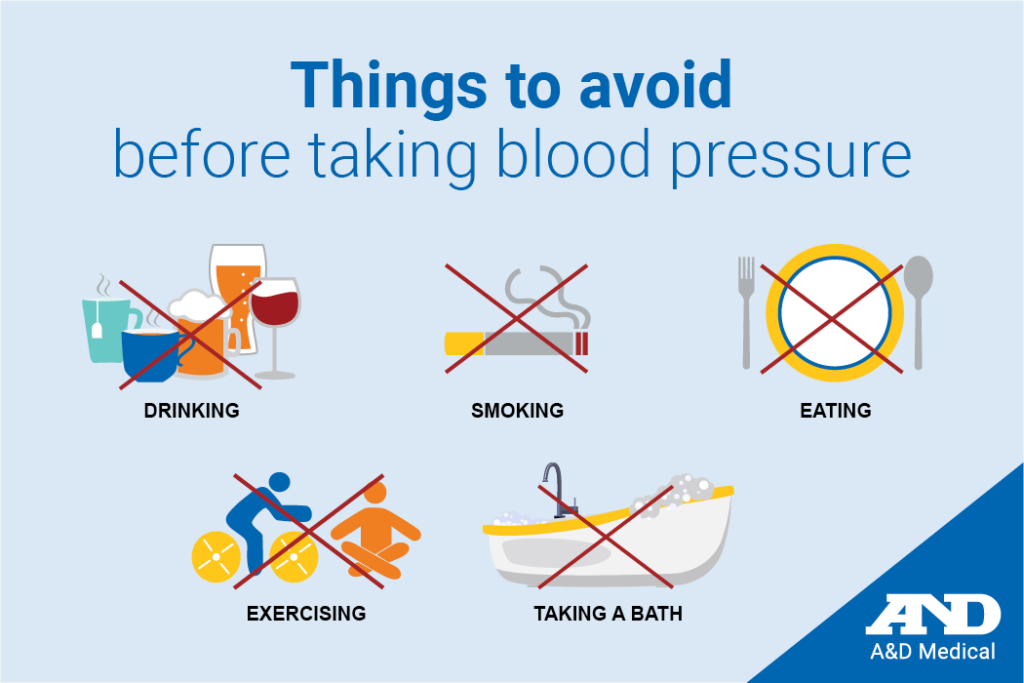
Other factors to consider
Keep in mind that other factors can impact your blood pressure too. For 30 minutes before taking a measurement, be sure to avoid the following:Smoking or other forms of nicotineDrinking alcohol or caffeineTaking a bathEatingExercise
All of these things can raise your blood pressure beyond your normal, resting rate.
Best practices for monitoring at home
Regardless of if you think you may have WCH, Masked Hypertension, or you have another reason for monitoring your blood pressure at home, if you’re reading this article, it’s a good time to consider best practices for DIY monitoring. Here are some basic guidelines from the American Heart Association to get you started:
Be still – Before taking a reading, give yourself at least five minutes of quiet rest (30 minutes if you’ve been exercising).
Sit correctly – Make your mother proud, and sit up straight. Also, be sure that you have both feet flat on the floor and your arm is supported so that your upper arm or wrist (depending on the monitor) is at heart level.
Measure at the same time every day – Whatever time works best for you is the best time to take your blood pressure. So, pick a time and stick to it.
Take multiple readings – This can help to account for any variations caused by stress or user error and record the results. Wait at least 1 minute between measurements.
Don’t take the measurement over clothes – That means direct skin to cuff contact.
Advanced Premier Talking Blood Pressure Monitor UA-1030T
UN-014 One Button Compressor Nebuliser
Health care management via wireless technology
A&D Medical is entering new era of health care management via wireless technology and will be exhibiting the latest development of our WellnessConnected product all around the world in 2016.
Now, all your important health info is in one place. WellnessConnected gives you a complete view of your health, so you can set goals and see your improvement, over time. The WellnessConnected system makes it possible. Lose weight, get in shape, monitor your blood pressure — all with one secure system from a trusted worldwide leader in connected health.
Monitor Blood Pressure
Manage your hypertension with instant indication, trending, and the ability to share with your physician or family member.
Lose Weight
Track your calories burned, set goals and see your progress instantly with a daily weight history.
Share and Report
Share with friends and family via Facebook, Twitter, and Instagram—through your own WellnessConnected account or a shared one for the family. Email your dashboard, graphs or raw data to keep medical professionals informed about how you’re doing between office visits.
Click on this link to purchase our Wellness Connect via A&D Bluetooth Products
CONNECT SMART APP
To install A&D’s Connect Smart App onto your mobile, click on the image and follow the prompts: (Available on iOS 6−8 iPhone 4S or newer, iPad 3rd & 4th generation and newer, iPad Air, iPad mini)

To install A&D’s Connect Smart App onto your mobile, click on the image and follow the prompts: (Requires Android OS version 4.4 or 5.1 For compatible smartphones and versions, please click here)

